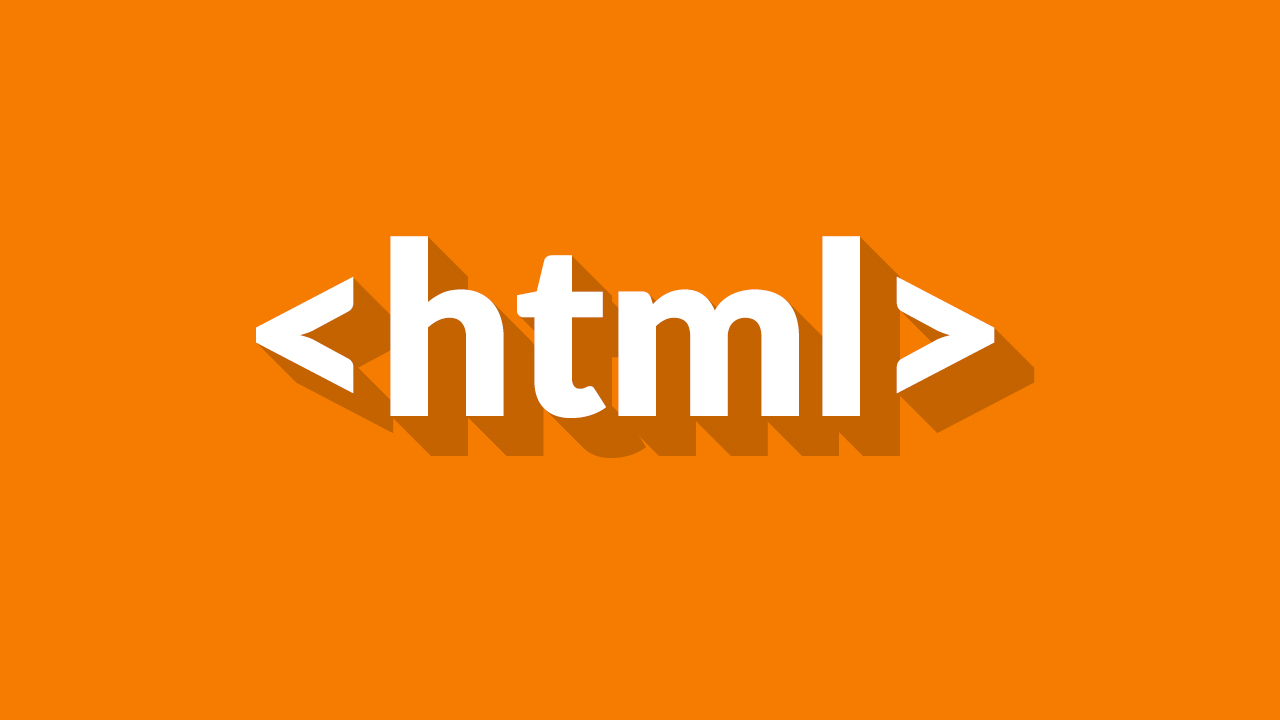HTML (от англ. HyperText Markup Language — «язык гипертекстовой разметки») — стандартизированный язык гипертекстовой разметки документов для просмотра веб-страниц в браузере. Веб-браузеры получают HTML документ от сервера по протоколам HTTP/HTTPS или открывают с локального диска, далее интерпретируют код в интерфейс, который будет отображаться на экране монитора. Элементы HTML являются строительными блоками HTML страниц. С помощью HTML разные конструкции, изображения и другие объекты, такие как интерактивная веб-форма, могут быть встроены в отображаемую страницу. HTML предоставляет средства для создания заголовков, абзацев, списков, ссылок, цитат и других элементов. Элементы HTML выделяются тегами, записанными с использованием угловых скобок. Такие теги, каки, напрямую вводят контент на страницу. Другие теги, такие как , окружают и оформляют текст внутри себя и могут включать другие теги в качестве подэлементов. Браузеры не отображают HTML-теги, но используют их для интерпретации содержимого страницы.

Lorem ipsum dolor sit amet, consectetur adipisicing elit, sed do eiusmod tempor incididunt ut labore et dolore magna aliqua. Ut enim ad minim veniam, quis nostrud exercitation ullamco laboris nisi ut aliquip ex ea commodo consequat. Duis aute irure dolor in reprehenderit in voluptate velit esse cillum dolore eu fugiat nulla pariatur. Excepteur sint occaecat cupidatat non proident, sunt in culpa qui officia deserunt mollit anim id est laborum.
